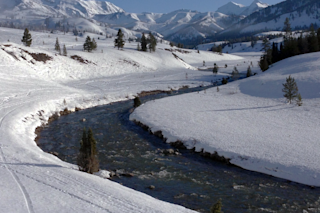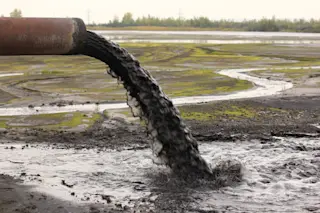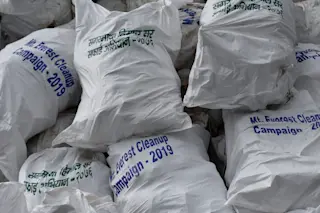It's one of the biggest cleanup jobs the United States has ever undertaken, and it's a long way from being done. Near the Columbia River in Hanford, Washington, contractors are decontaminating a nuclear fuel processing site that has 177 underground tanks holding 53 million gallons of nuclear waste, some of which has already leaked into the soil and groundwater. And the cleanup crew has learned that the known hazards are just the beginning.
[S]loppy work by the contractors running the site saw all kinds of chemical and radioactive waste indiscriminately buried in pits underground over the 40 years Hanford was operational, earning it the accolade of the dirtiest place on Earth. In 2004, clean-up work uncovered a battered, rusted, and broken old safe containing a glass jug inside which was 400 millilitres of plutonium [New Scientist].
In a new study published in Analytical Chemistry [subscription required], researchers announced that the ...













